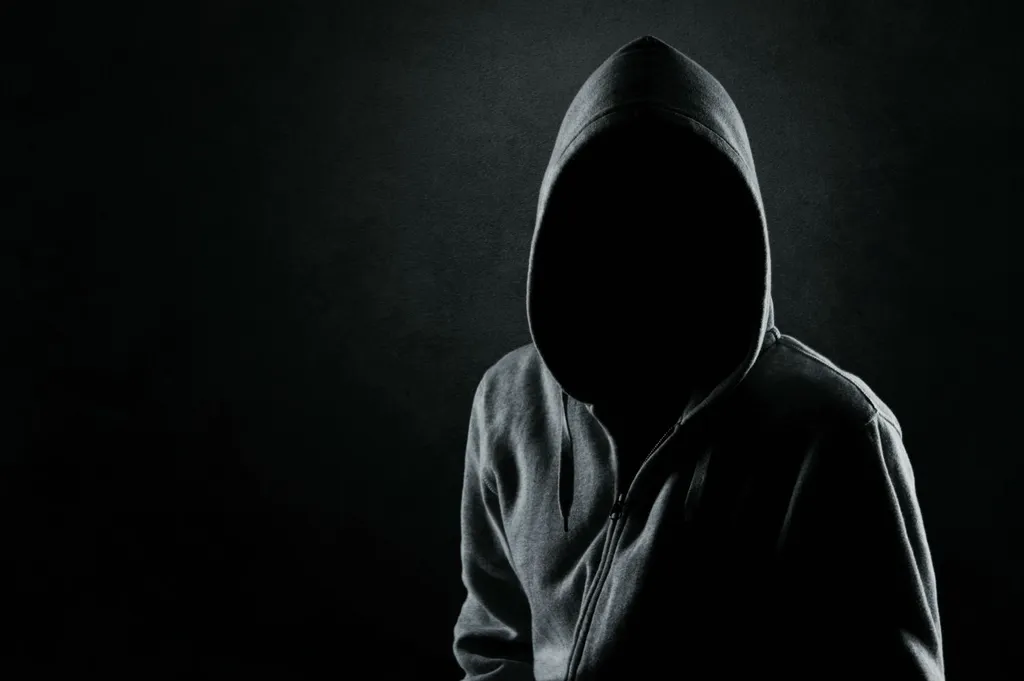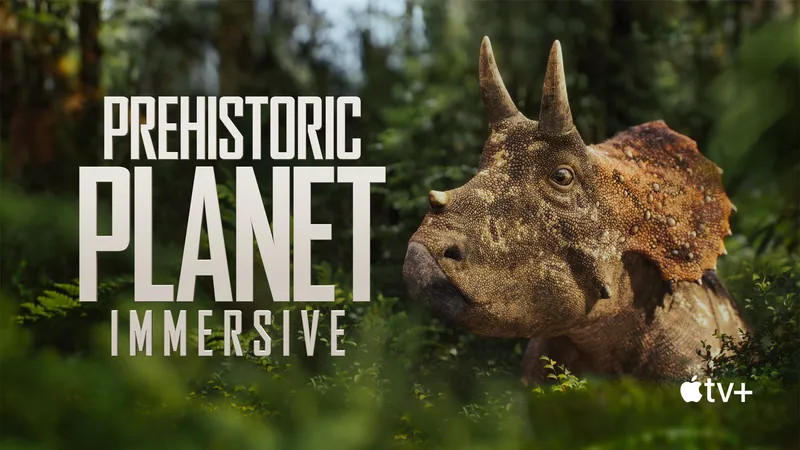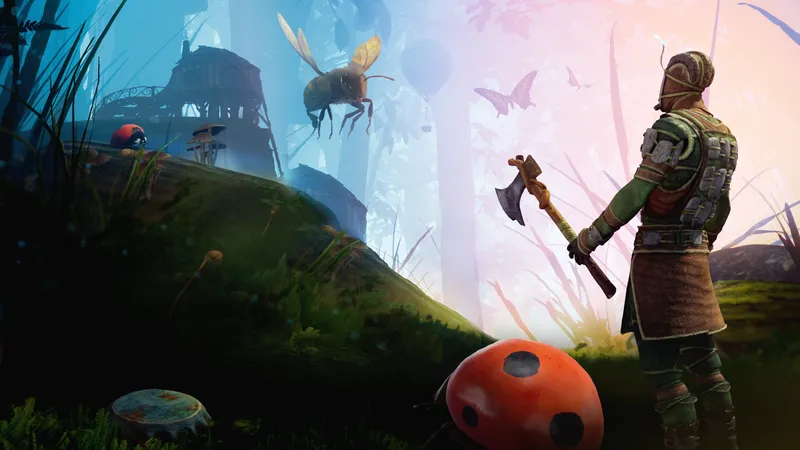If you want to entertain audiences and make them believe that what they are experiencing is real, then you need to think like a magician. The most incredible magic performances that I’ve seen, integrate engaging storytelling, the magician’s insights into how audience members’ minds work, and clever use of technology.
In the past, I’ve shared insights into how content creators can leverage relevant secrets about how to trick audience’s brains like expert magicians. I encourage you to read that article first. This piece will focus on specific insights related to storytelling.
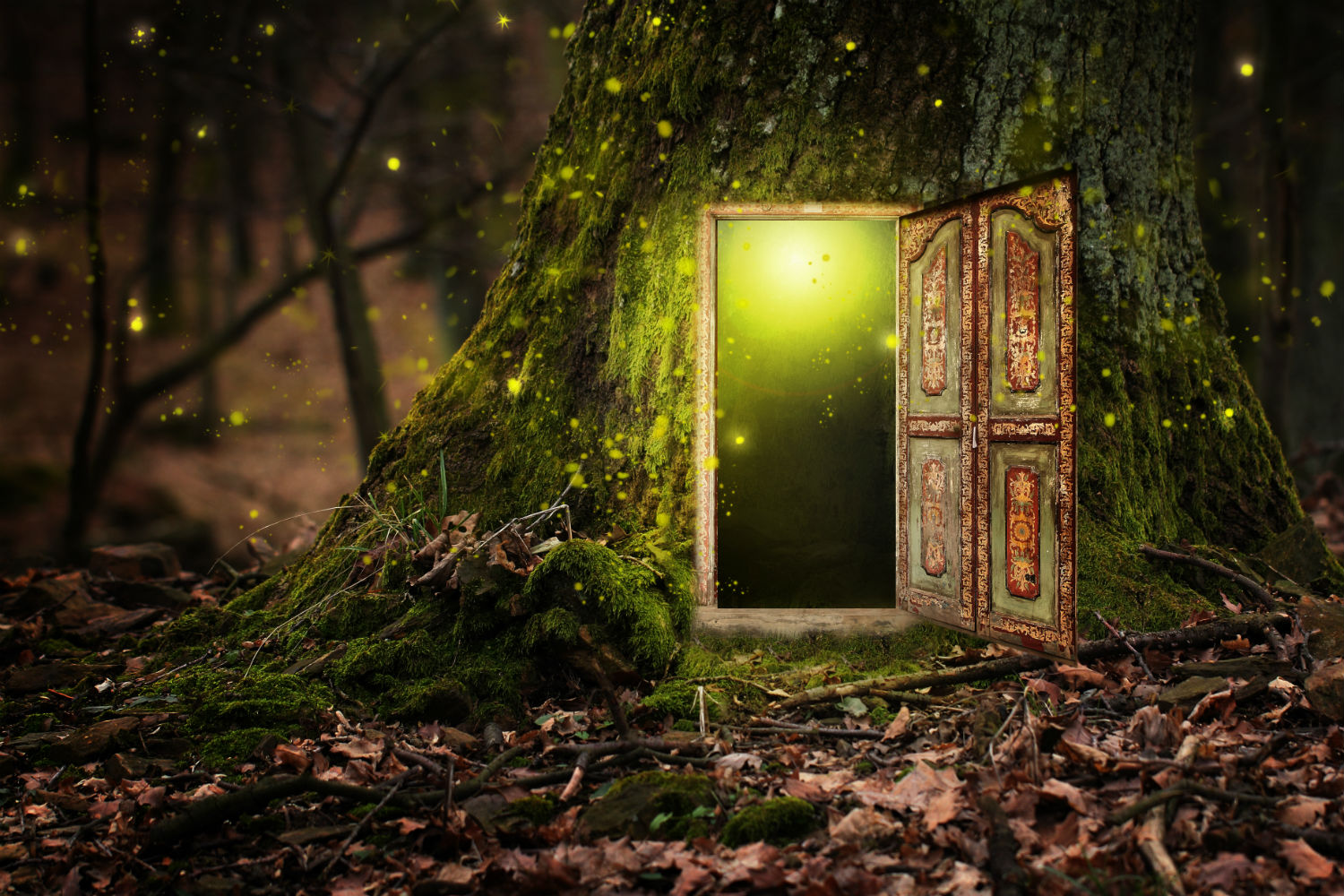
Storytelling in VR and AR is like putting on a magic show. A magic show is not just a series of tricks, but rather a combination of effects presented with narrative, in a manner that creates meaningful and unforgettable stories. I recently hosted a dinner at The Academy of Magical Arts’ Magic Castle. Even if I were to take the time to describe all of the best-in-class magic I was lucky to witness that evening, I would not do it justice. That’s because it’s not just about the result of the tricks – it’s the overall story of the experience of being there for yourself to witness the illusion of the impossible happen before your eyes. And no other technology can allow audiences to truly experience magical storytelling, like VR and AR.
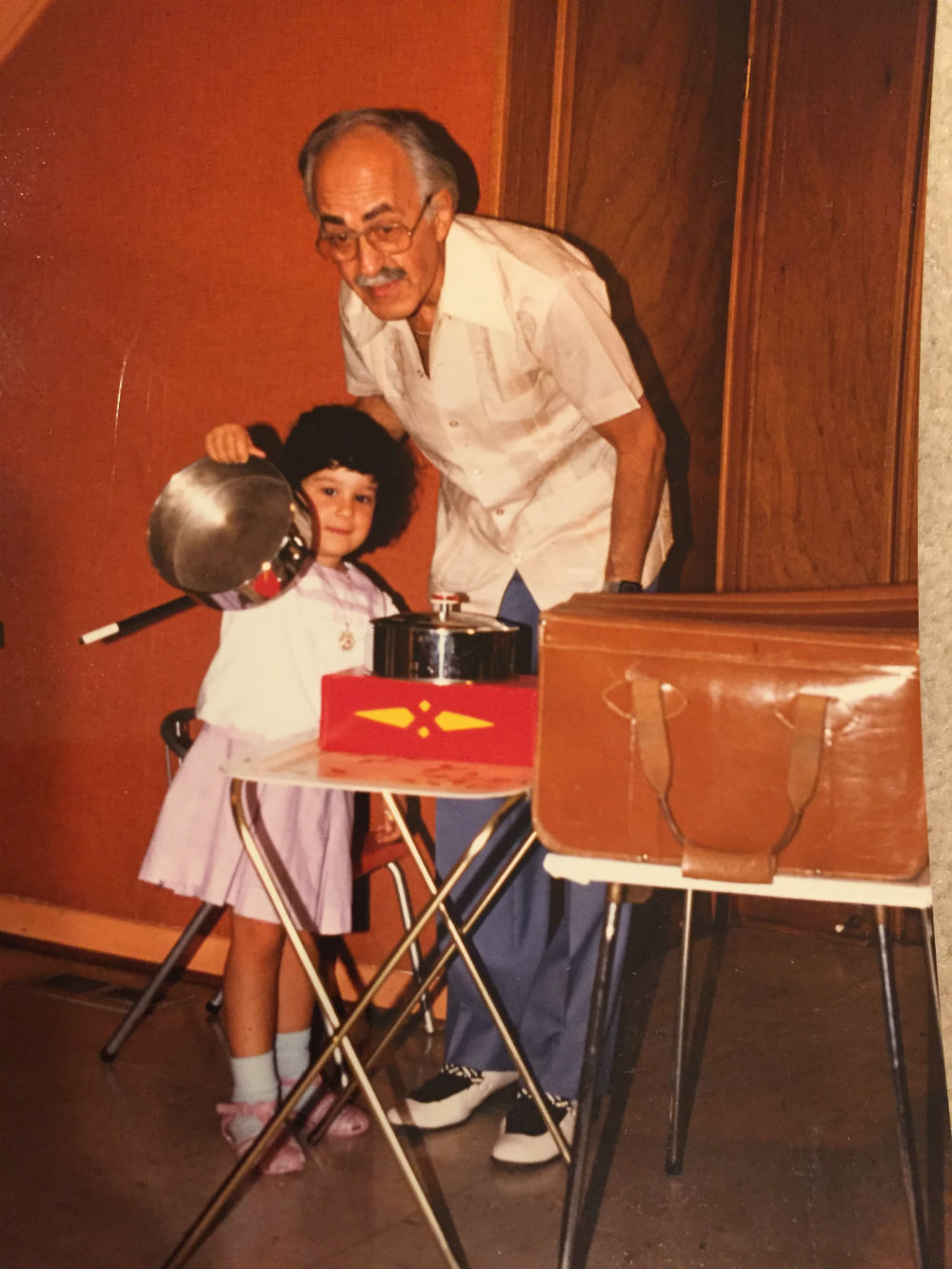
I was lucky to grow up learning magic from my grandfather Henry Gordon, a renowned sceptic and magician. Among his notes on tricks, and books on magic, The Trick Brain by Dariel Fitzkee stands out to me as one of the most important books to reference for insights into the categories of effects that magicians create. These effects can have a powerful impact on audience behaviour and overall level of entertainment in immersive experiences. They can be integrated into experiences as a means to control the frame, guide audience members in a certain direction, or simply to provide them with abilities and events that they cannot have in real life.
I had the pleasure of speaking about magic, VR and AR at SXSW 2018, with magic performed by Scott Wells, thanks to support from the iconic Academy of Magical Arts. Here are some of the effects that I shared, along with my thoughts of how they can inspire ideas for VR or AR experiences.
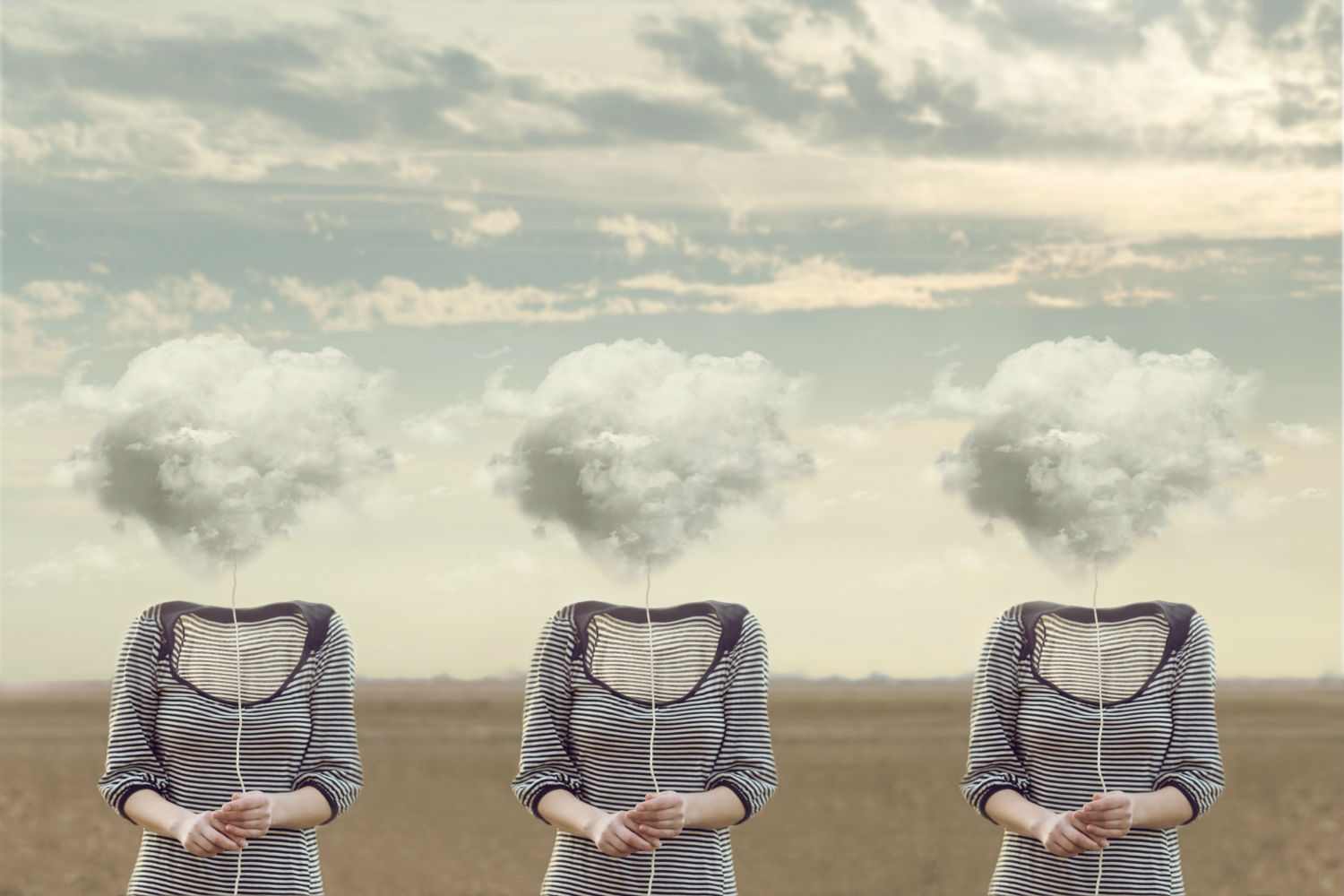
Sympathetic Reaction
Sympathetic reaction is in essence, mirroring of two or more people and/or objects. It can be used, for example, when the person in the immersive experience’s movement impacts others in the virtual experience. It’s a great way to create a sort of forced empathy.
It’s also useful for framing – magicians use the art of direction and misdirection to create a frame of attention, controlling where audience members look and don’t look. If the visitor moves one object, and a similar object on the other side of the room then moves as well, that will likely grab the attention of the visitor.
And sympathetic reaction can also create a fun game – allowing players to create a version of clones that mirror their movements, like building a tower, or fighting a battle.
Control
Control describes tricks when magicians seem to have taken control of an object, assistant or even audience member. This doesn’t include the illusion of hypnotism, as it’s more about physical control.
This could include offering a visitor to your experience the ability to start and stop time by tapping their virtual watch, through to having a visitor be able to take control of movements of a flying dragon.
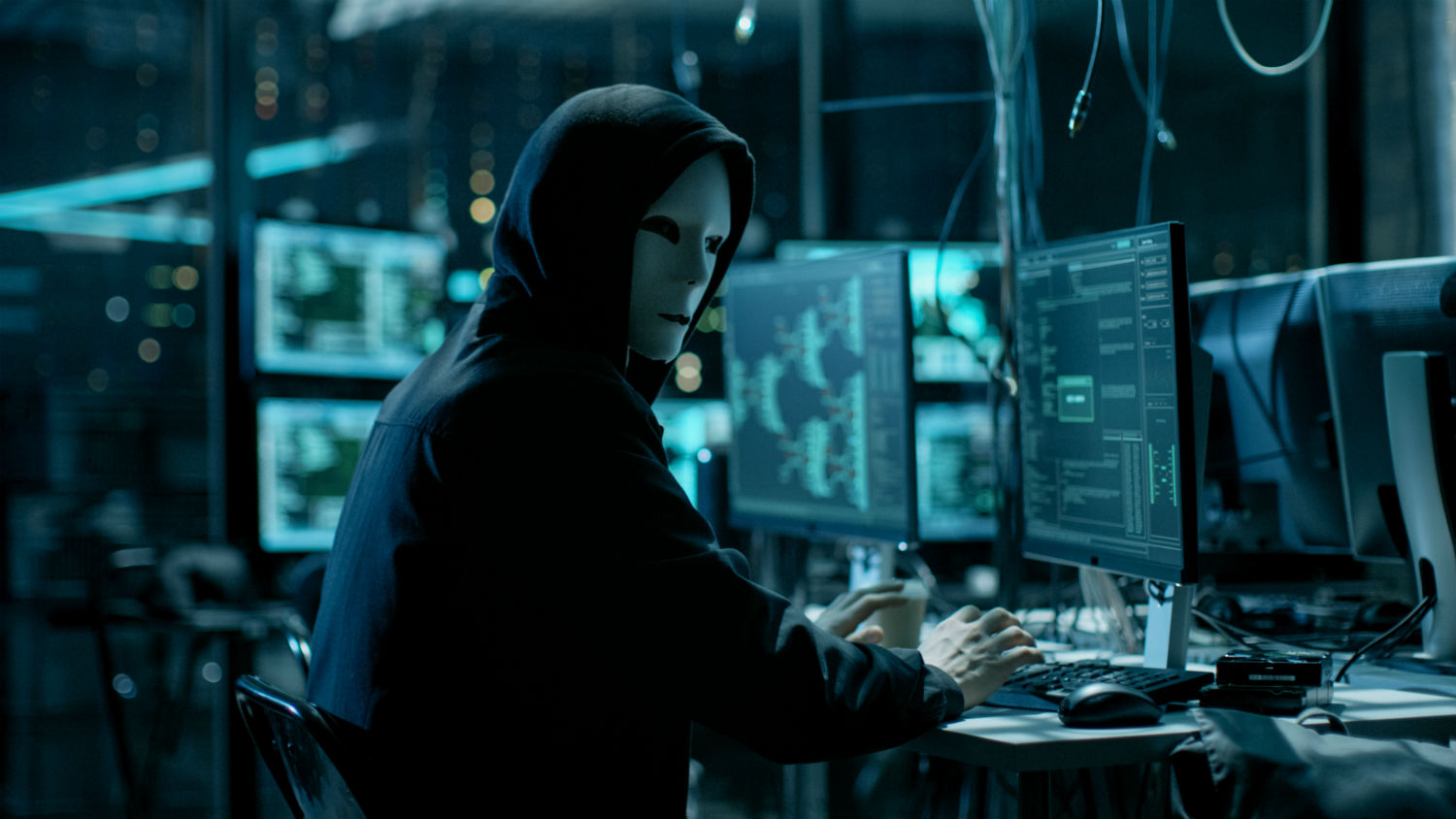
Production
Production is when something or someone appears in a space where they weren’t moments before. When something new appears in a space without context, viewers are wired to pay attention to it, so production is also a means to control the frame. Consider the image above. If you were immersed in this scene, and all of a sudden, information began to flood blank screens in front of you, your attention would be directed to it.
Vanish
The opposite can be said about audience attention when a person or object vanishes. When something, or someone disappears, we’re wired to look around to try to uncover where it may have gone. People want to make sense of things. Causing a character or key object to disappear could naturally inspire a visitor in an immersive experience to then start to explore it further.
Transformation
Transformation is when there is a change to a person or object’s form – from their size and shape, to their identity. When storytelling in AR, think of how objects can be identified and transformed into props essential to the storyline. Or in VR, an audience member can perform a certain movement and all of a sudden transform into another character.
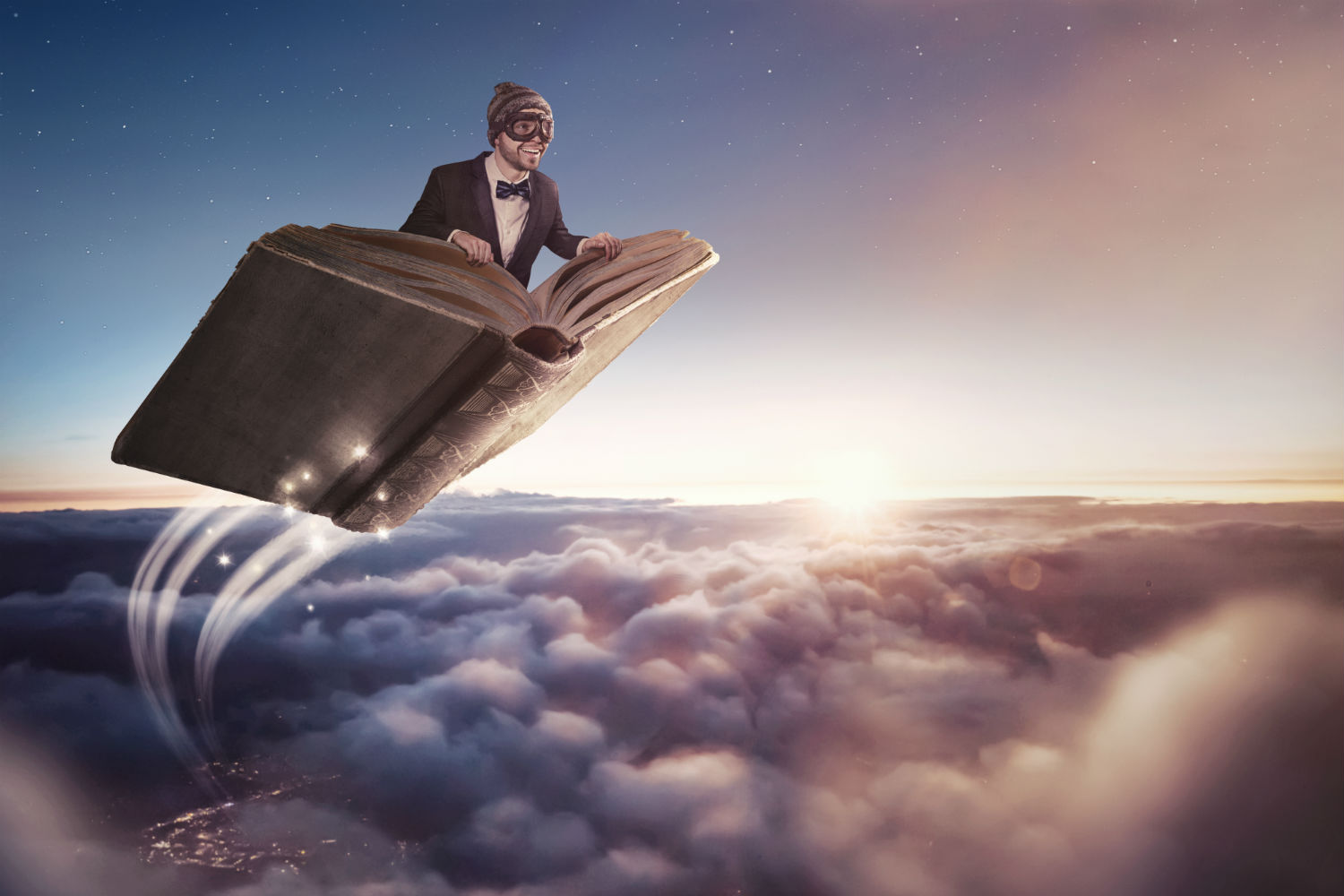
Animation
When something moves in general, that’s a way to direct attention to it. And, when something moves that doesn’t normally, it’s even harder to be ignored. Think of the simple impact that a randomly flying book could have, for example. A visitor’s natural inclination may be to grab the flying book. Then think of what fun things you can do to that object (and your audience member) once they grab the book.
Physical Anomaly
When something that looks or happens to react differently from what would be expected in the real world, it’s also a way to sway peoples direction. For example, distortions of characters’ faces or environments could serve as distractions or a means to draw players in their direction. An environmental anomaly could help to reinforce that visitors are in an entirely different realm, or abilities that visitors take on themselves quickly help them realize if they are more than a human character. Sound can also be used to create the anomaly and draw people in, for example, when a sound effect tied to the movement of an object is very different than what you’d expect.
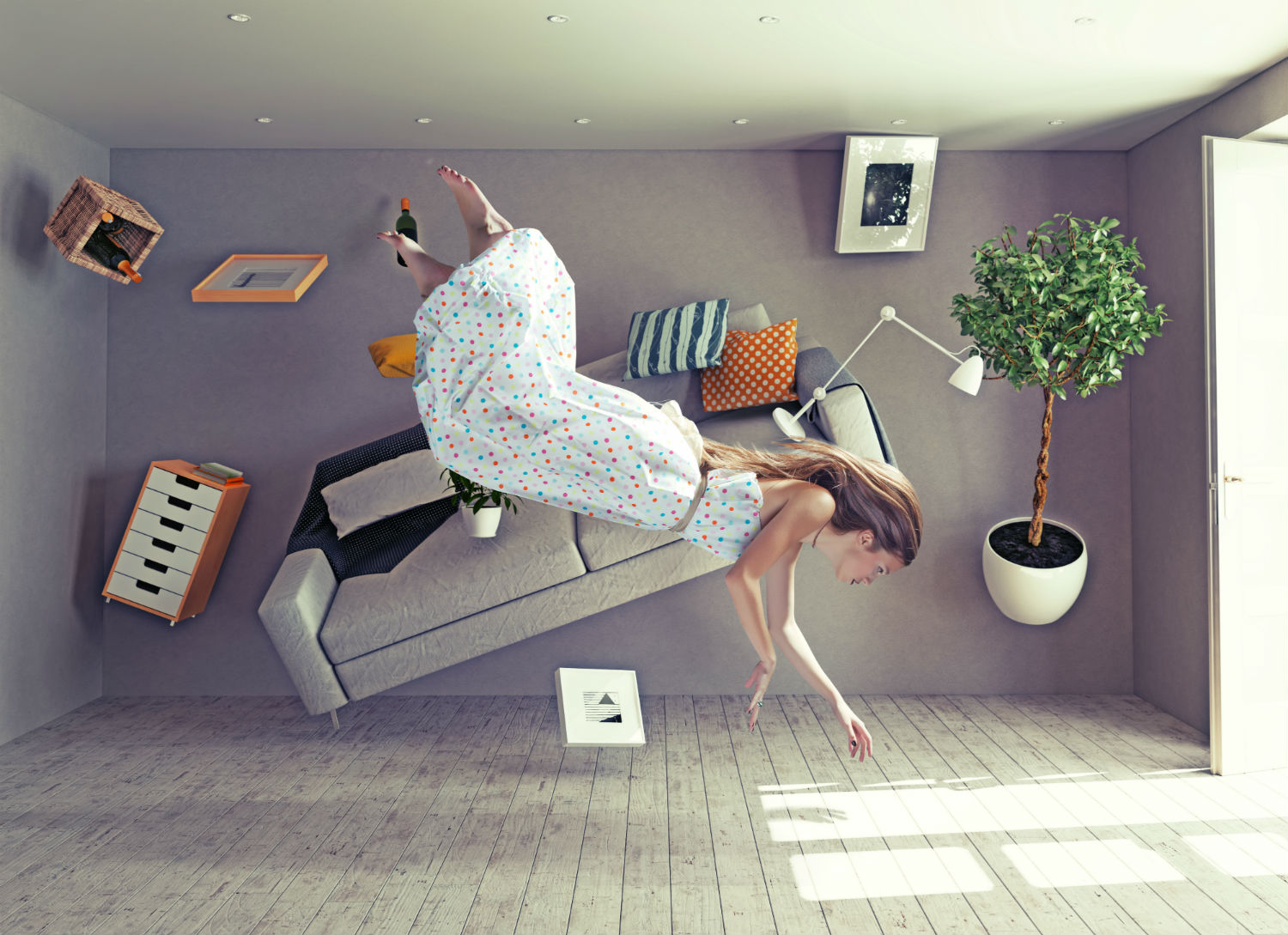
Anti-Gravity
The anti-gravity effect is when a person or object defies the laws of gravity. This can include levitation, suspension and a change in perceived weight. There are already many space-related VR experiences that offer the illusion of a lack of gravity. For those experiences taking place in another environment, creators can produce the illusion of anti-gravity with select objects or characters only, making audience members more curious about why just those objects are being impacted, attracting their attention, and controlling the frame.
Spectator Failure
With spectator failure, audience members can’t achieve simple feats that they would normally be able to do. An effect like this could be most impactful in an immersive experience when a visitor is able to notice that something they were able to do in the experience before, in contrast, no longer works, indicating that something needs to be solved.
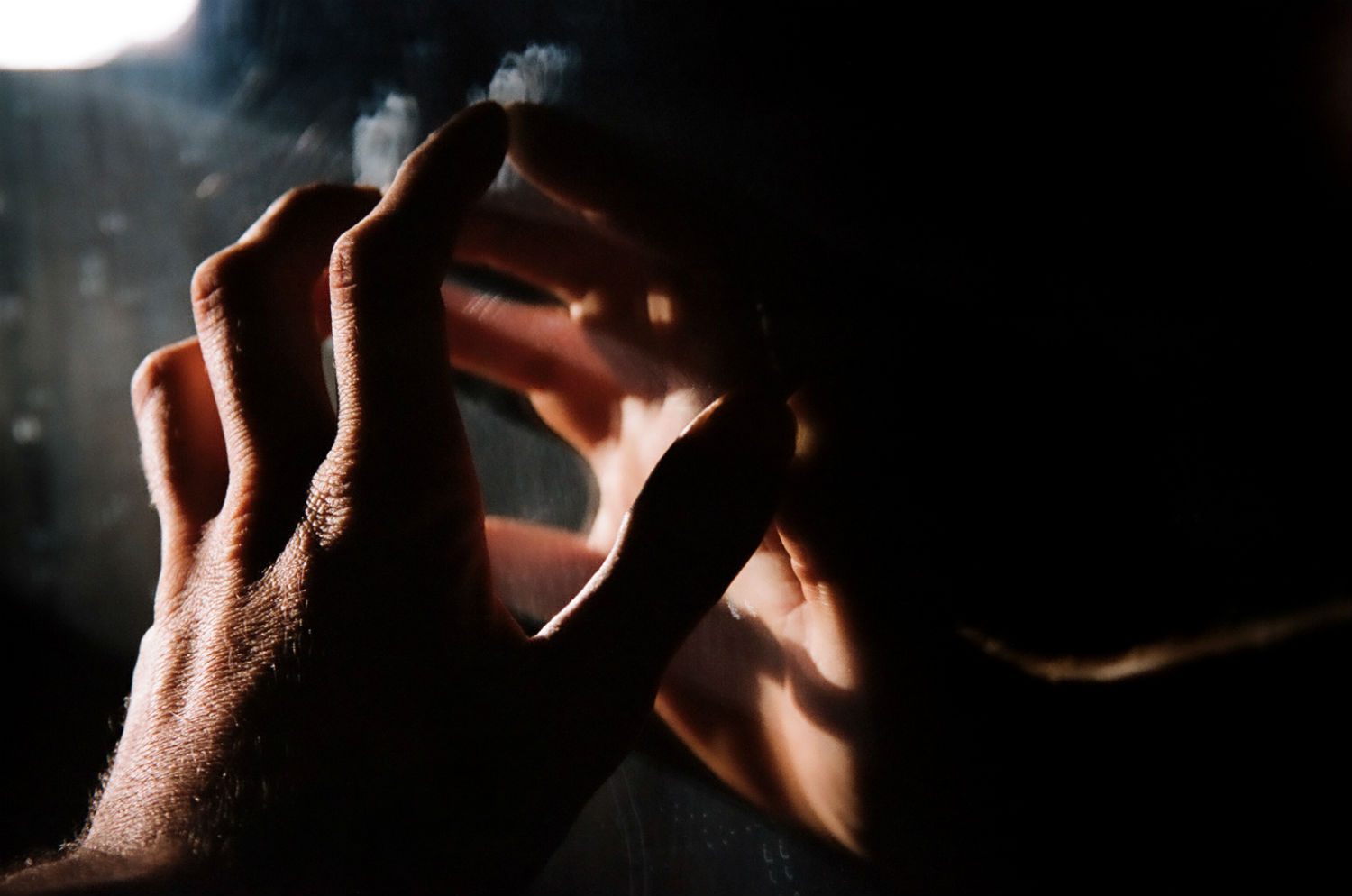
Penetration
This effect is when a person or object is able to penetrate something that in real life, that they wouldn’t be able to. It can be used to create a unique experience for visitors as they discover that they can walk through walls, or even to the other side of a mirror. An application for AR? Find a way to place something whimsical inside a real-world object.
Extrasensory Perception
In essence, extrasensory perception is an effect performed with a magician uses one of more of their five senses to give the illusion of a sixth sense. In VR, this could mean giving a visitor the ability to touch a virtual object to see into the future. Or in AR, a user could have the ability to put their hand on a physical mirror to see what happened in that room in the past.
Prediction
The effect of the future being predicted even when a visitor had multiple choices to make within an experience, can create an eerie feeling that some people may enjoy. Prediction can be created through the influence of a visitor’s decisions through the illusion of choice, where the illusion is simply that it’s the magician, not the visitor, influencing what happens next. There are also many magic tricks, especially those that are a form of mentalism, that simply rely on odds. Understanding the number of choices that an audience member actually has in their answers, and what their answer will likely be, can be integrated into the functionality of an AR or VR experience to create the effect of prediction.
This article only highlights some of the 19 basic effects that Dariel Fitzkee shared back in the 1940s. I believe that attraction, identification, invulnerability, restoration, transposition, thought reading, and thought transmission are others that are also highly relevant to storytelling opportunities with immersive media.
Laura Mingail is a marketing and business development executive in the entertainment industry, focused on developing monetization strategies for VR content creators and out-of-home entertainment centers. She is also a contributor to UploadVR.

